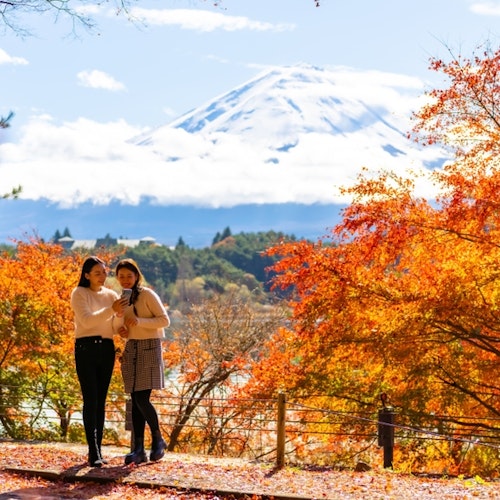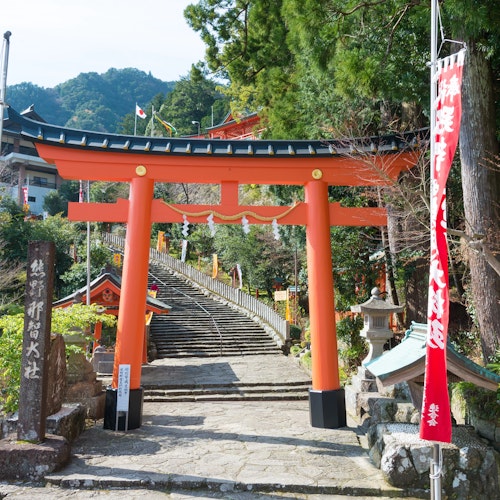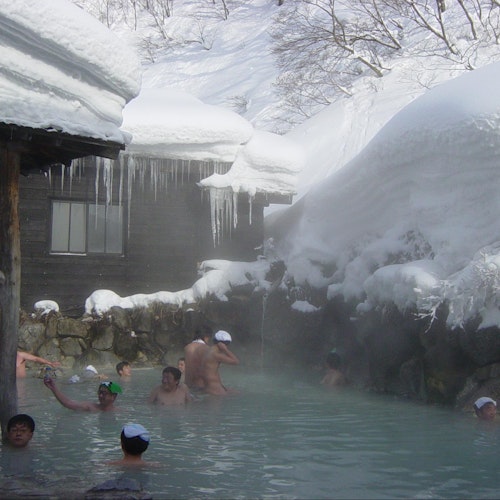
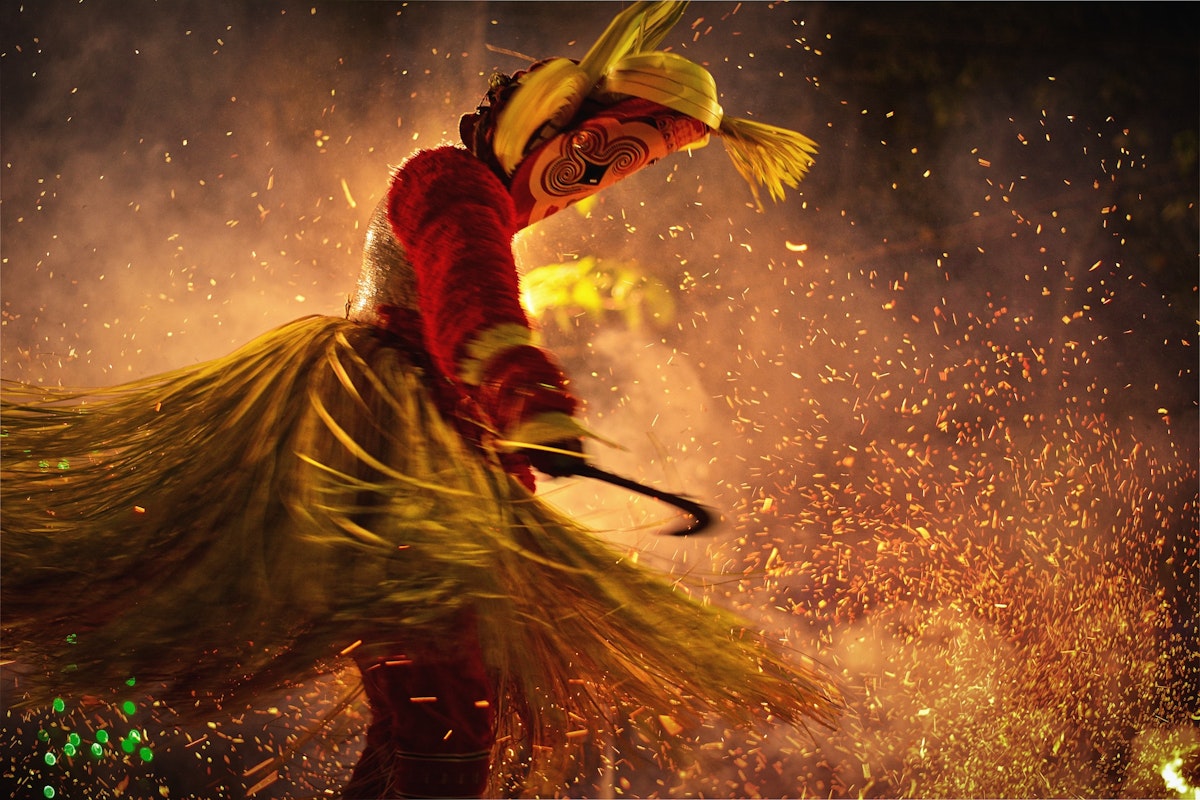
As you step onto the soil of Japan, a nation where age-old traditions and ultra-modern lifestyle coexist harmoniously, you embark on an extraordinary journey that transcends the dimensions of time and space. Here, beneath the neon lights and high-speed bullet trains, ancient gods dwell in the quiet sanctuaries, mythical creatures lurk in the shadows, and timeless folklore infuses the air with enchantment. This vibrant tapestry of culture and history is the result of thousands of years of civilization, a narrative of an entire nation told through the lens of mythology. Prepare to explore a realm where celestial deities, mystical Yokai, and age-old tales intersect with everyday life, providing a rich, nuanced backdrop to the Land of the Rising Sun.
However, delving into the captivating world of Japanese mythology is more than just a historical or religious exploration; it's an intimate dance with the Japanese psyche, offering a profound understanding of the very essence of Japanese society, lifestyle, and worldview. As you navigate the bustling streets of Tokyo or find solace in the tranquil Zen gardens of Kyoto, look deeper. The majestic shrines whisper the legends of ancient Kami; the fluttering festival lanterns tell tales of mischievous Yokai; the serene tea ceremonies echo the moral of a folklore tale. Each aspect of Japan is imbued with mythological significance, waiting to be discovered, interpreted, and appreciated.
Shinto, often referred to as kami-no-michi, is Japan's indigenous faith that has shaped its culture, traditions, and national identity. Rooted deeply in Japan's history, Shintoism is more than just a religion - it's a profound expression of the Japanese way of life. Shinto's essence lies in the worship of nature and its myriad spirits, known as Kami, that inhabit everything from rivers and mountains to trees and rocks. It's a perspective that fosters deep respect and reverence for nature, shaping Japan's environmental ethics, aesthetic values, and its people's harmonious relationship with the natural world.
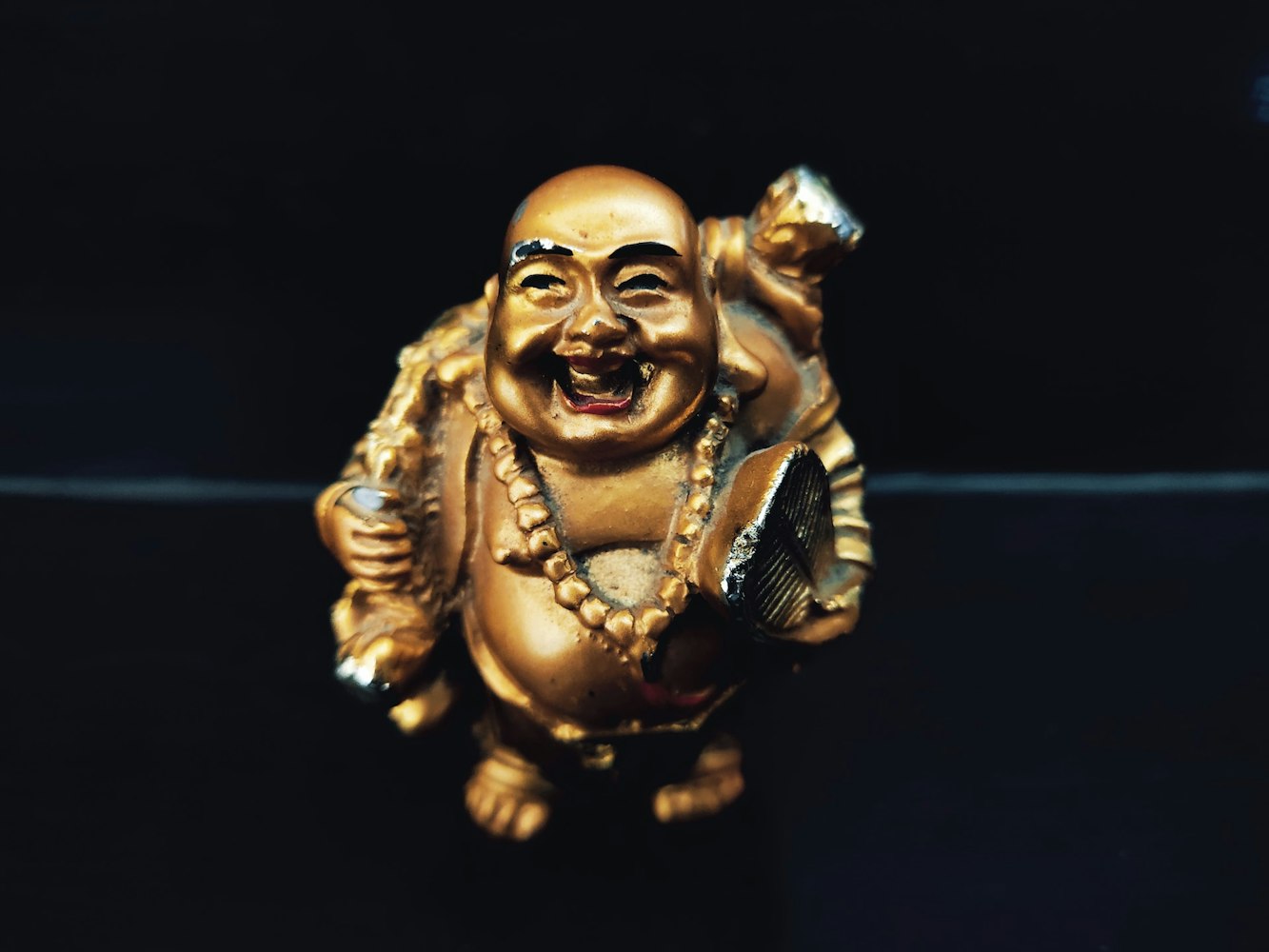
Image Credit: Chandan Chaurasia
Over the centuries, Shinto has influenced various aspects of Japanese society, including art, architecture, literature, and social structure. It has imbued Japan's landscapes with spiritual significance, resulting in the establishment of numerous shrines that stand as serene sanctuaries amidst the urban hustle or rural tranquility. Each shrine represents the presence of a Kami, reflecting the essence of Shintoism in daily Japanese life.
In the Shinto world, there are countless Kami, each possessing unique characteristics and associated with different aspects of life and nature. While some are revered for their benevolence, others are feared for their wrath. However, all of them, without exception, play an integral role in maintaining the cosmic balance, thereby directly or indirectly influencing the lives of the people.
Susano-o, the tempestuous god of sea and storms, is another prominent figure in the Shinto pantheon. Known for his wild nature and emotional temperament, Susano-o embodies the unpredictable and sometimes destructive elements of nature.
The most famous tale associated with Susano-o is his slaying of the eight-headed dragon, Yamata no Orochi, a feat achieved through wit and bravery. Despite his often negative portrayal, Susano-o is revered as a protector against disasters and a symbol of resilience in the face of adversity.
Among the most venerated deities in Shintoism is Amaterasu, the goddess of the sun. She is believed to be the ancestor of the Imperial Family and the embodiment of Japan itself, often symbolized as the "Land of the Rising Sun."

According to the ancient chronicles, Amaterasu hides in a cave following a conflict, causing the world to be engulfed in darkness. The other gods used mirrors and jewels to lure her out, thus restoring light and life to the world. Today, her symbols - the mirror and the jewel - are part of the Imperial Regalia of Japan, highlighting her significance in the country's cultural identity.
Inari, the deity of rice, agriculture, and prosperity, holds a special place in the hearts of the Japanese people. Often represented by foxes, known as Inari's messengers, this god is a symbol of good fortune and business success.
Thousands of Inari shrines scattered across Japan, including the famous Fushimi Inari-taisha in Kyoto with its iconic red torii gates, stand testament to the deity's deep-rooted influence. Visiting an Inari shrine, you'll often see offerings of rice and sake, marking the god's crucial role in promoting fertility and abundance in the country's agricultural society.
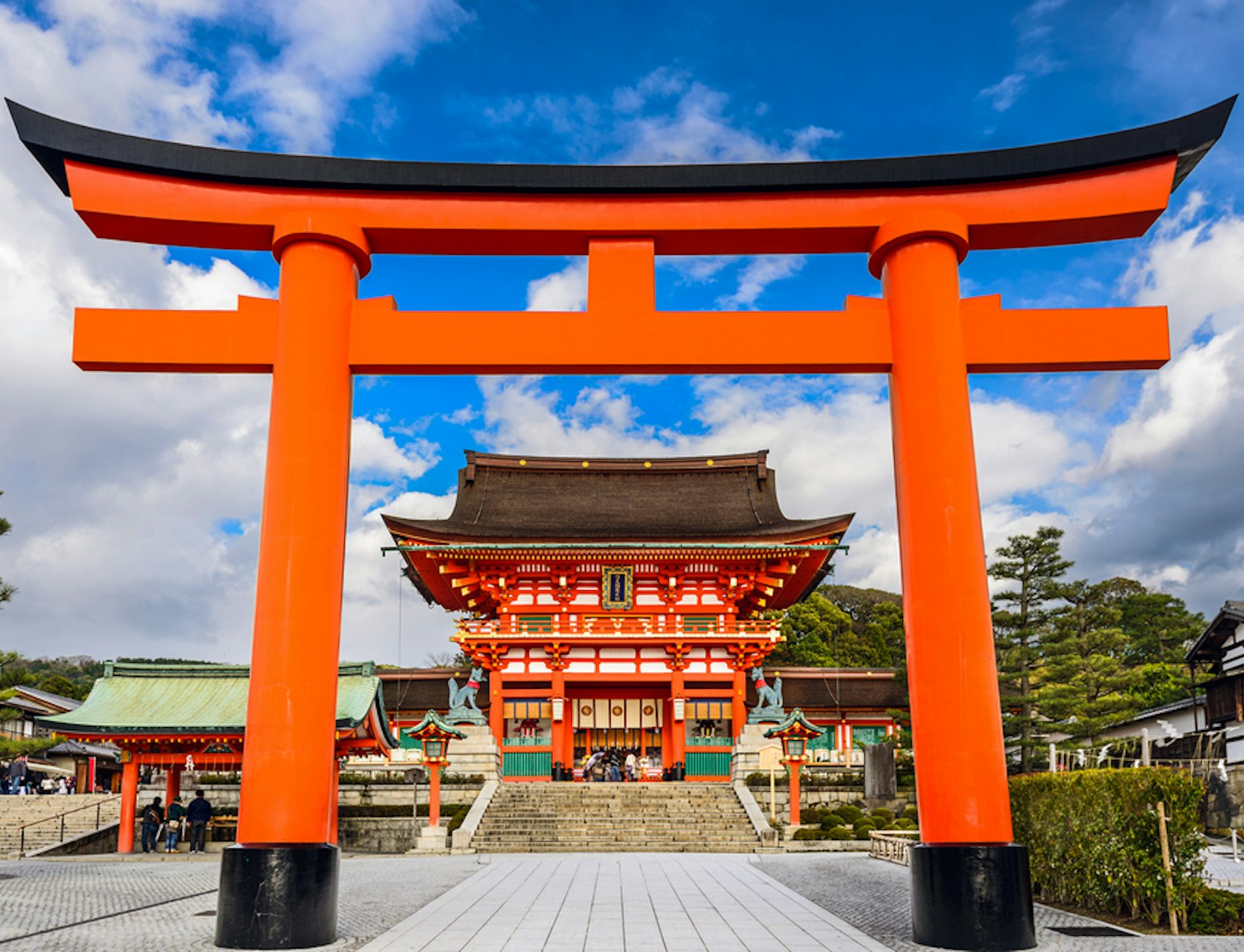
Visit Fushimi Inari Shrine and other sights in Kyoto.
Venture into the realm of the supernatural and encounter Yokai, an integral part of Japan's rich folklore. Yokai are an array of mystical creatures and phenomena, traditionally believed to populate the world alongside humans, influencing their lives in myriad ways. Whether seen as divine messengers, harbingers of calamity, tricksters, or simply the personification of natural forces, Yokai encapsulates the mysteries of existence, the inexplicable events, and the vagaries of fate.
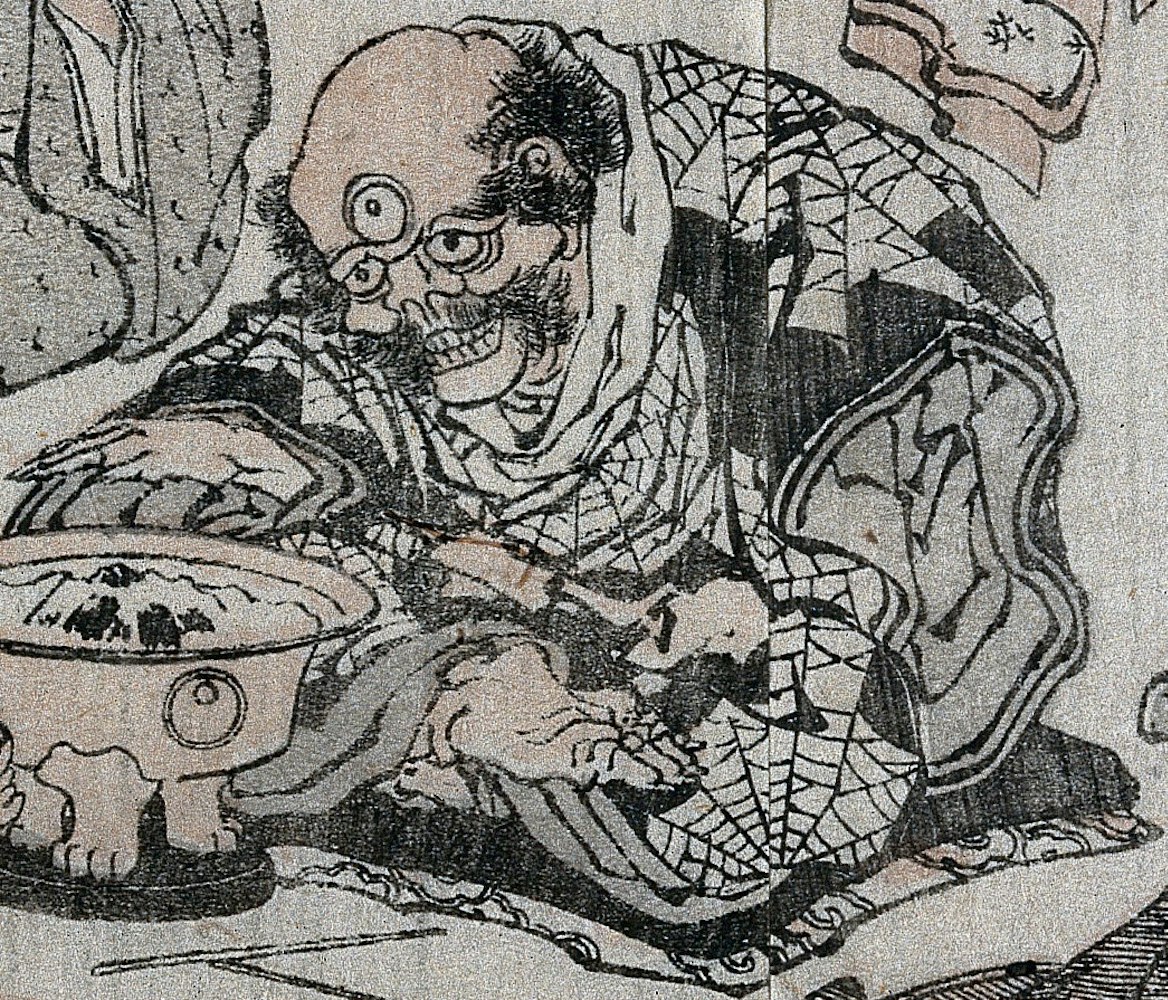
Yokai are deeply ingrained in Japanese culture, infusing life with an element of the extraordinary and providing a framework to understand and interpret the unknown. They are woven into the fabric of art, literature, popular media, and regional customs, enhancing the cultural tapestry with their intriguing narratives and vibrant depictions. Today, Yokai, with their distinctive characteristics and roles, continue to resonate with the Japanese psyche, linking modern society with its folklore-rich past.
Yokai folklore is vast and varied, each creature offering a unique tale and metaphor. While some Yokai are benevolent, others are notorious for their tricks. Despite their diverse nature, they all contribute to the rich narrative of Japanese mythology.
Perched high in the mountains, Tengu is among the most iconic Yokai in Japanese mythology. With human-like bodies, bird-like features, and unrivaled martial arts skills, Tengu is seen as both formidable and awe-inspiring. The early tales cast them as disruptive demons, causing chaos and confusion among humans. They were feared and revered in equal measure, their impressive prowess inspiring awe and respect.
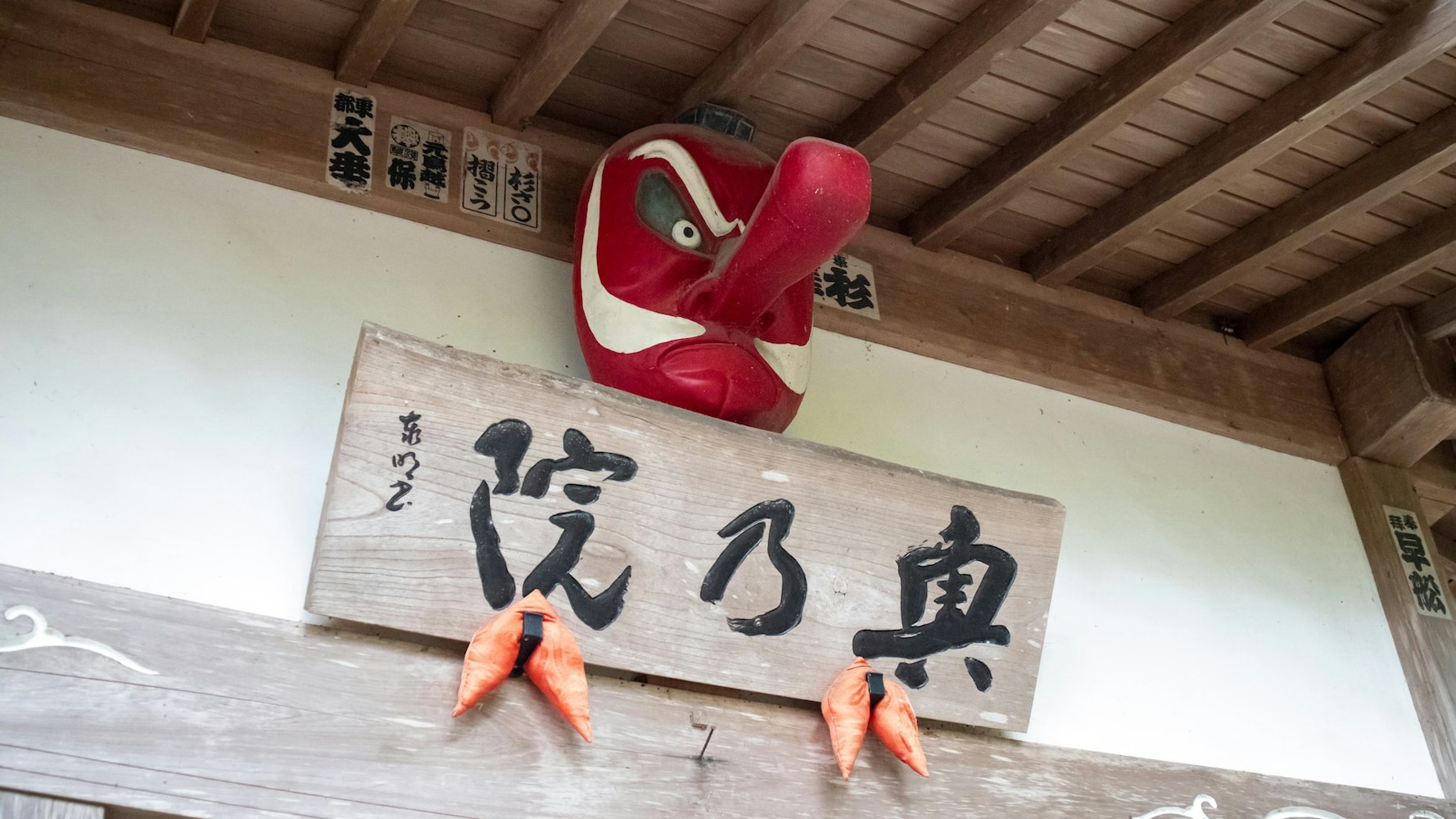
However, over time, the narrative around Tengu has evolved. Instead of malevolent disruptors, they are now often viewed as protectors and guides, particularly in the realm of martial arts. They symbolize mastery, discipline, and the pursuit of excellence. In today's Japan, the image of Tengu, seen on masks or in temple carvings, stands as a testament to their enduring influence and the nuanced understanding of their role.
In the mystical world of Yokai, the Kappa, often described as a 'river child,' holds a unique position. This creature, with a humanoid form, a turtle-like shell, and a dish on its head filled with water, is associated with the rivers and ponds of Japan. Kappa are known for their playful, sometimes malevolent, nature. They are infamous for their pranks and potentially dangerous actions, a trait that has made them the central characters in countless cautionary tales for children.
However, beyond their menacing reputation, Kappa is also seen as creatures bound by a code of honor. Folklore recounts that once a Kappa is tricked into spilling the water from its head-dish, it becomes powerless and is compelled to serve the human who outsmarted it. Thus, Kappa symbolize not only the potential dangers lurking in nature but also the rewards of wisdom, bravery, and cunning.
Of all the Yokai populating the Japanese folklore, perhaps none is as intriguing or as widely celebrated as the Kitsune. Known for their shape-shifting abilities, Kitsune are intelligent fox spirits who can transform into humans, particularly beautiful women. They are closely associated with Inari, the deity of rice and agriculture, and are seen as messengers of the god.
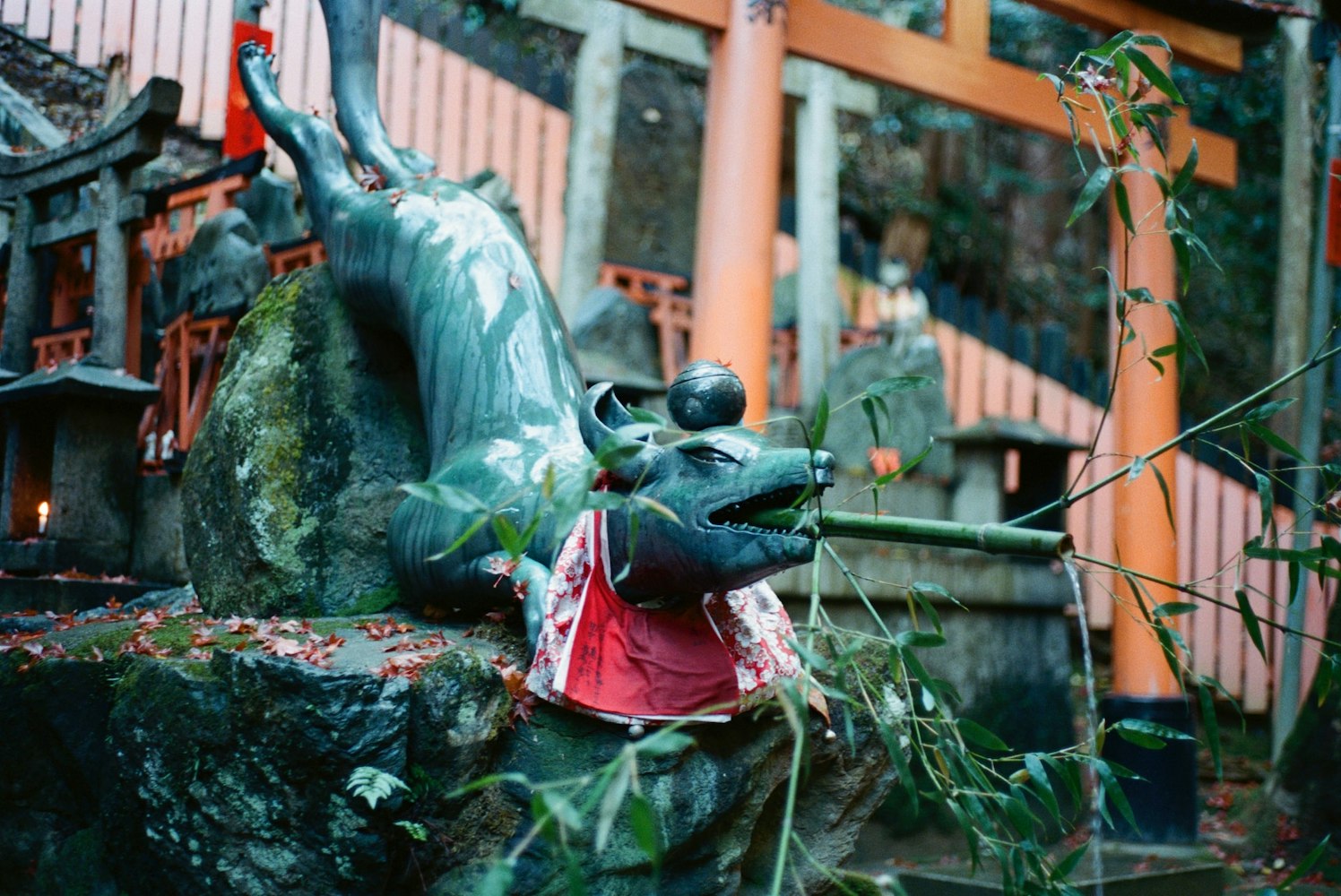
In many tales, Kitsune are portrayed as benevolent creatures, aiding those who show them kindness. However, they are also notorious tricksters, known to deceive humans for amusement. Whether portrayed as wise and benevolent or mischievous and cunning, Kitsune serve as a reminder of life's dualities. They reflect the complexity of existence, the intertwining of good and evil, wisdom, and deception, which adds depth to the cultural narrative of Japan.
Immerse yourself in the captivating world of Japanese folklore, a rich tapestry of tales and legends that have shaped the country's collective psyche and cultural fabric. Folklore holds a prominent place in Japanese society, serving as a potent vehicle for conveying moral lessons, explaining natural phenomena, and keeping the spirit of Japan's rich past alive. These tales, passed down generations, offer glimpses into the worldviews, beliefs, and lifestyles of ancient Japan, making them an invaluable cultural resource.
While they're deeply rooted in tradition, these folklore tales resonate even in contemporary society. They are found in literature, theater, festivals, and even in modern pop culture forms like manga, anime, and video games. From the ethereal landscapes inhabited by deities to the intimate human stories, Japanese folklore offers an enriching narrative experience, enriching the country's cultural identity and linking its present to its past.
Among the multitude of Japanese folktales, a few stand out for their enduring popularity and cultural significance. These tales, each with its unique charm and moral, have not only entertained but also shaped Japan's societal values over centuries.
The tale of Momotaro, often known as Peach Boy, is one of the most beloved stories in Japanese folklore. According to the legend, an elderly couple who could not have children found a giant peach floating down the river. When they opened the peach, a young boy emerged, whom they named Momotaro, or "Peach Boy." As he grew, he showed great courage and strength, and eventually set out on a journey to defeat a band of ogres that terrorized the region.
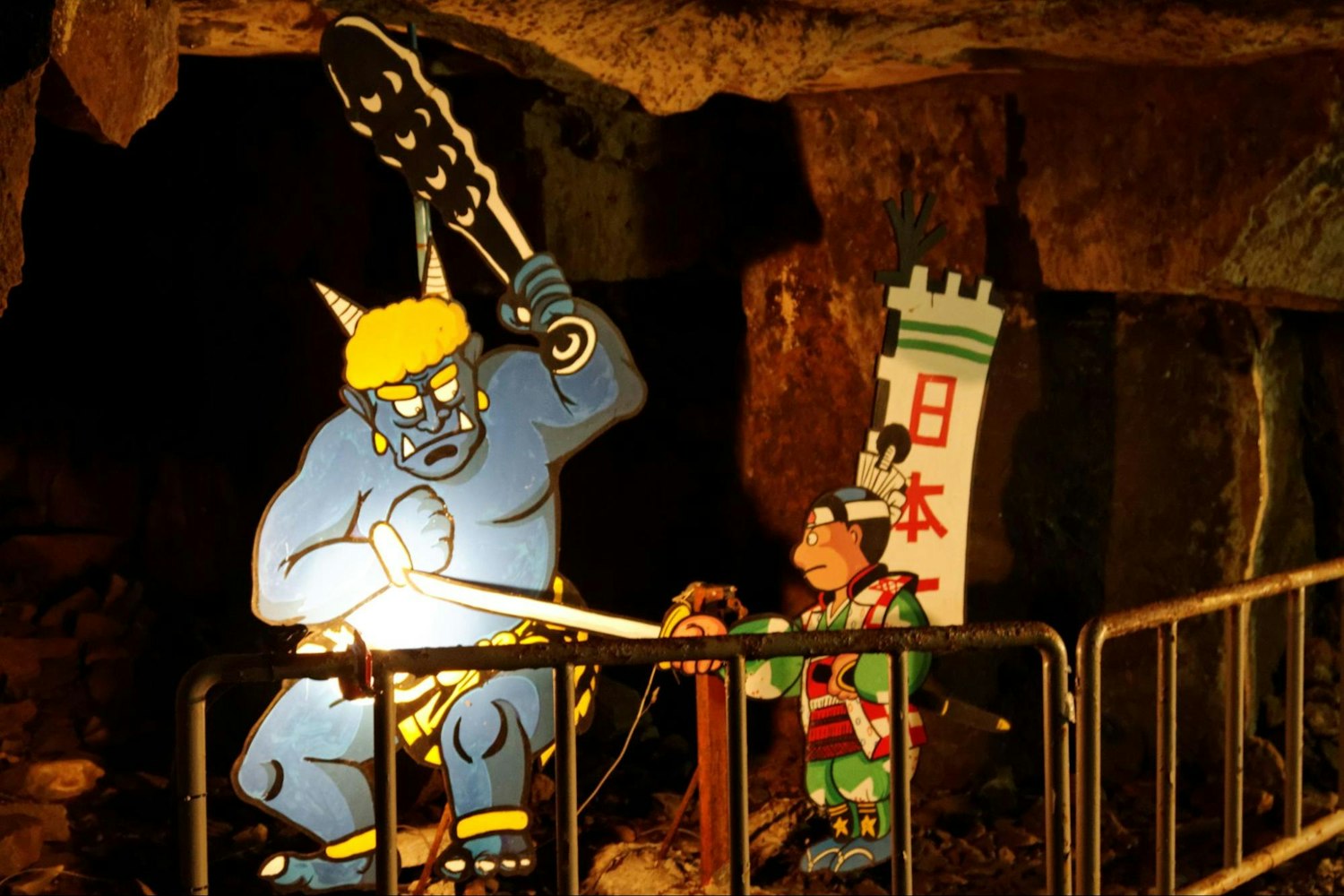
Momotaro’s story is a classic tale of courage, virtue, and kindness. He overcomes obstacles not merely with his strength but also through his ability to befriend and inspire others. He gathers a team of animals—a dog, a monkey, and a pheasant—with his kindness and shared his Kibi Dango (millet dumplings), symbolizing the power of friendship and cooperation. This tale continues to be an integral part of Japanese childhood, inspiring young minds with its depiction of bravery, friendship, and justice.
Another captivating folktale is the story of Urashima Taro, a humble fisherman who rescues a turtle, only to be taken on an incredible adventure under the sea. Grateful for his kindness, the turtle transports Urashima to a Dragon Palace under the sea, where he meets a beautiful princess and enjoys a life of joy and luxury for what seems like a few days. However, upon returning to his village, he finds that hundreds of years have passed in the real world.
The story of Urashima Taro explores themes of time, loss, and the consequences of one's choices. The fisherman's eventual fate—aging rapidly and transforming into an old man upon opening a forbidden box given by the princess—serves as a poignant reminder of the fleeting nature of time and the inevitable passage of life. This tale, with its mix of joy, sorrow, and wisdom, has become a profound allegory in Japanese culture, underscoring the importance of cherishing the present and the bonds of home.
As we journey through the enchanting world of Japan's mythology, we glimpse the vibrant tapestry of tales, gods, Yokai, and folklore that make up the cultural heart of this beautiful country. These narratives—brimming with timeless wisdom, epic adventures, mystical creatures, and profound morals—embody the rich heritage and timeless spirit of Japan, connecting the country's past with its present and offering a deeper understanding of its societal norms and values.
So, why just read about these fascinating tales when you can experience them firsthand? At Trip to Japan, we curate tours that immerse you in these captivating stories, bringing you closer to the mythology and folklore that continues to shape Japan. Explore ancient Shinto shrines, visit scenic locations tied to famous Yokai, or take part in traditional festivals that bring folklore tales to life. Each tour is a journey into the magical and inspiring world of Japanese mythology, sure to create unforgettable memories. So, are you ready to step into the pages of these legendary tales? Visit our website and book your unique Japan tour today—let's create your very own epic story in the Land of the Rising Sun!
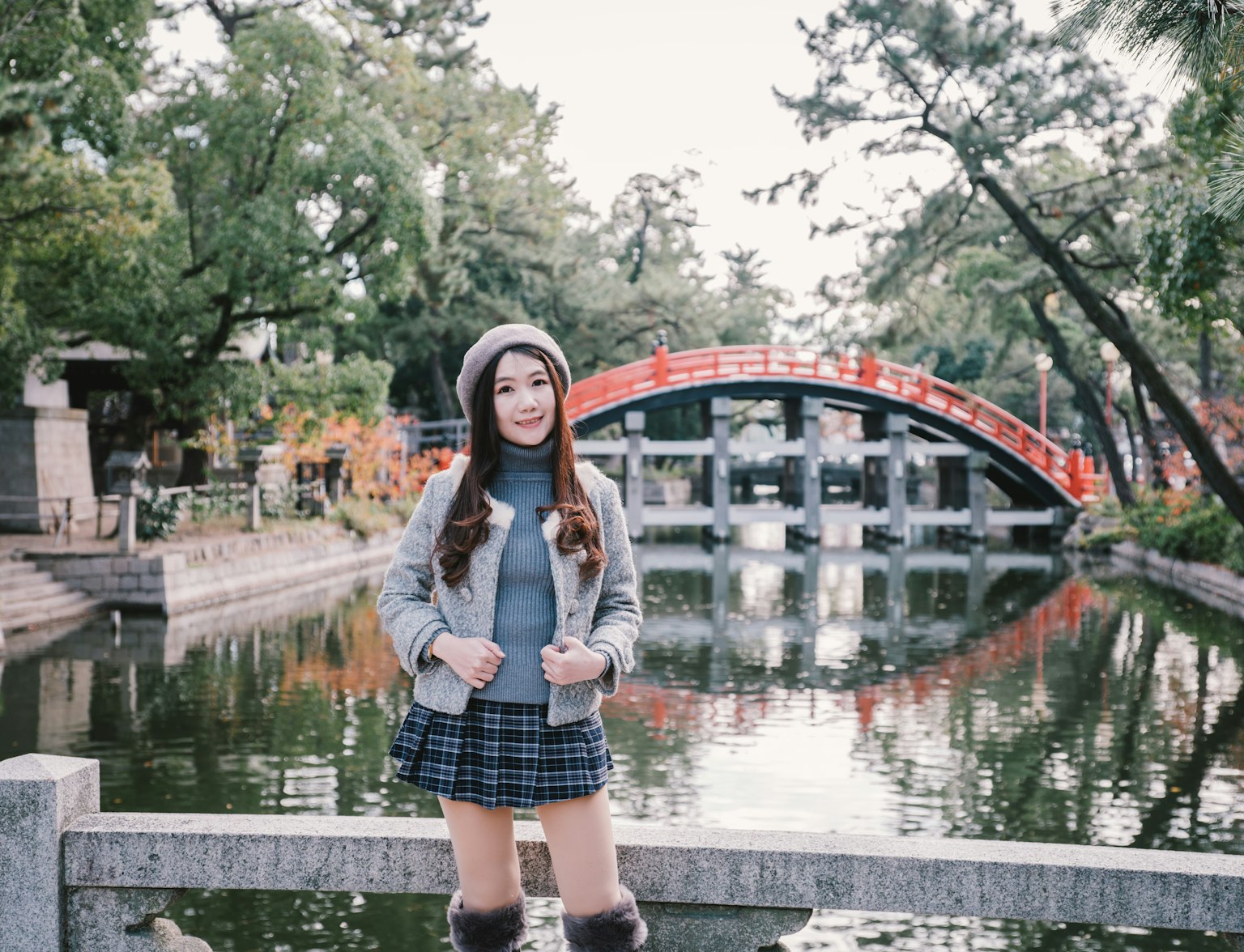
Learn more about Japanese culture by visiting its shrines.
